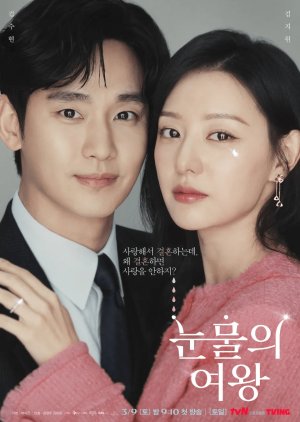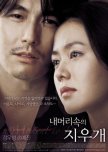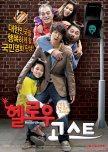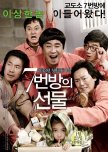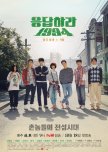
their relationship is kinda similar bc in the present we see them struggle with their relationship and theyre not in sync they fight and we see flashbacks when their relationship was good so in both cases we wondered what went wrong in their relationship and throughout the series we see the reasons of why the relationship failed and we see how they reconcile again and that they always have loved each other its just that the circumstances prevented them from resolving their conflict and basically miscommunication between the two



Lee Gun used to be a promising tennis player, but he was injured. After that, he lost all of his self-esteem, and his life completely changed. With the use of a memory eraser, his memory is erased, and he is reborn with maximum self-esteem and presence. His first manipulated love is Kyung Ju Yeon, a psychiatrist at the brain research center. Other people around him include his younger brother Lee Sin, who is ranked the world’s no.1 ranked tennis player. Meanwhile, Jeon Sae Yan is Lee Sin’s translator.







1)Written by the same writer and she writes the best male leads making our expectation bar very high.
2)The ML has a protective instint toward the FL. He protects her no matter what.
3)Happy ending
4)Family feud
5)Jealous ex
6)The ML/FL keeps getting into accidents
7)Share past(in case of legend of the blue sea,It's much broad)
2)The ML has a protective instint toward the FL. He protects her no matter what.
3)Happy ending
4)Family feud
5)Jealous ex
6)The ML/FL keeps getting into accidents
7)Share past(in case of legend of the blue sea,It's much broad)


Masataka works as a freelance writer. He has been married to Yukie for the past 7 years. Yukie works as a school teacher. Masataka and Yukie are not in love with each other. They just haven't gotten divorced. Meanwhile, Masataka is having an affair with a young woman who delivers newspapers. This leads to a shocking situation.



